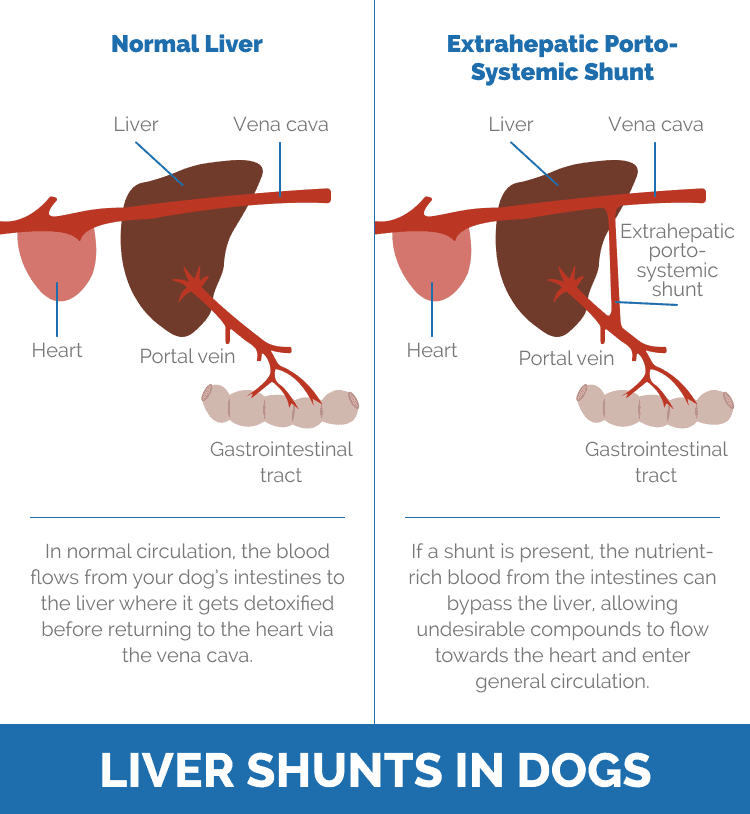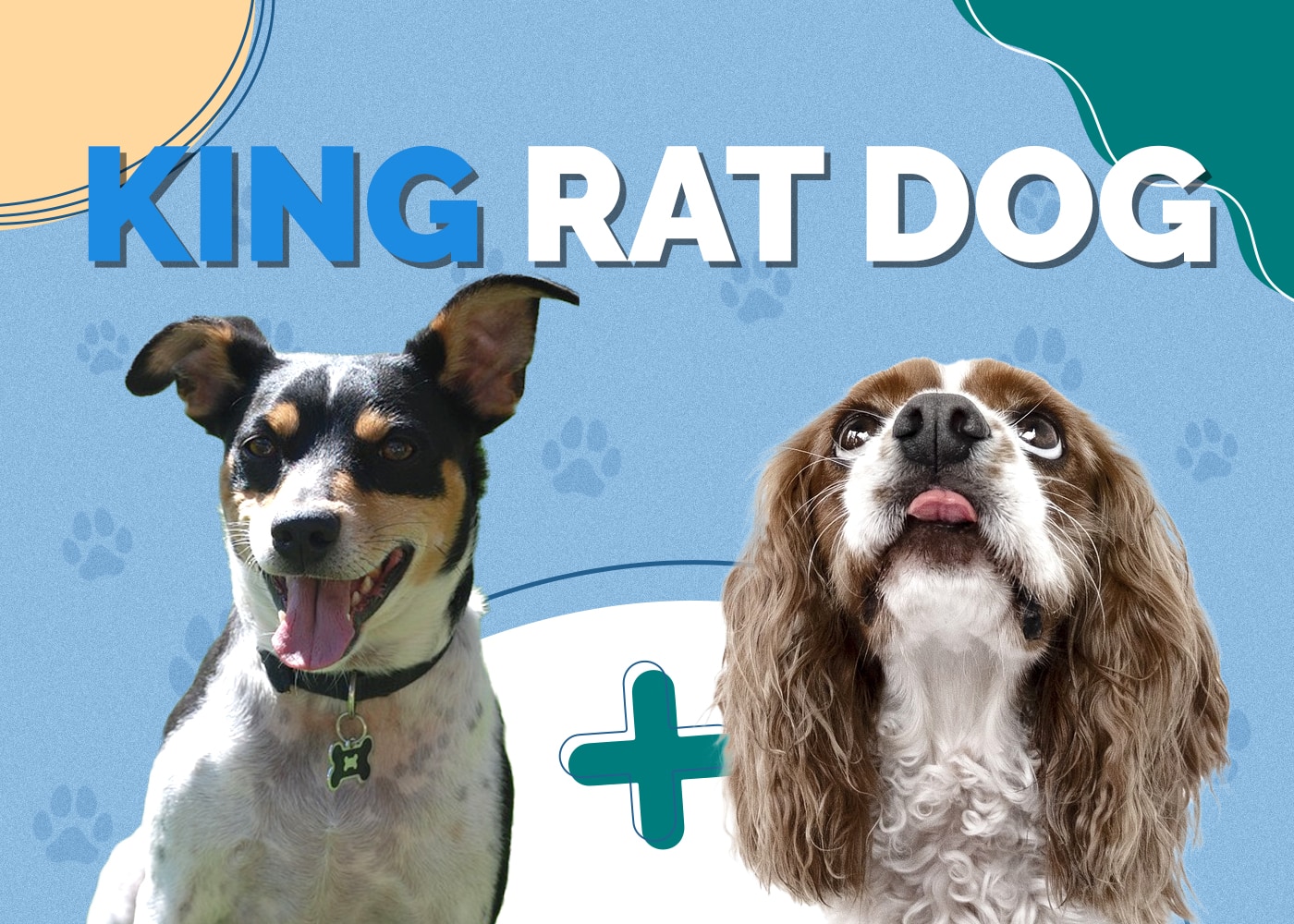11 Common Maltese Health Issues (Vet-Approved Signs & Treatments)

Updated on

A Maltese is an adorable small toy breed, but what they lack in size, they make up for in personality. They are charming, fearless, devoted, and loving companions.
They are a generally healthy breed that can live up to 15 years old.
However, like most breeds, there are some health issues that Maltese are prone to. It’s important to remember that predisposition doesn’t mean it is certain, only more likely, and as a Maltese parent, you need to manage your dogs’ health and know how to deal with any issues that may arise. We’ll examine the 11 most common health issues to keep an eye out for.
The 11 Common Maltese Health Issues
1. Patent Ductus Arteriosus (PDA)

Patent Ductus Arteriosus 1 is an inherited heart condition that develops in the womb and presents itself at birth, where the connection between the two major blood vessels in the heart that should close shortly after birth remains open. This causes blood to flow abnormally and forces the heart’s left side to work harder, resulting in eventual failure. The PDA causes blood to flow into the pulmonary artery directly from the aorta and this causes the blood to go into the lungs again instead of the body.
Signs
The signs of PDA will depend on the size of the opening but will vary in severity and how long they have been present.
- Stunted growth
- Intolerance to exercise
- Difficulty breathing
- Weakness
- Heart murmur
- Collapse
Treatment
The best option is surgery to correct the PDA as soon as possible, before irreparable damage is caused in the heart. Early surgery gives the Maltese a good prognosis. If the dog has already developed heart failure, surgery will still help, but they will likely require medications afterwards.
2. Luxating Patella
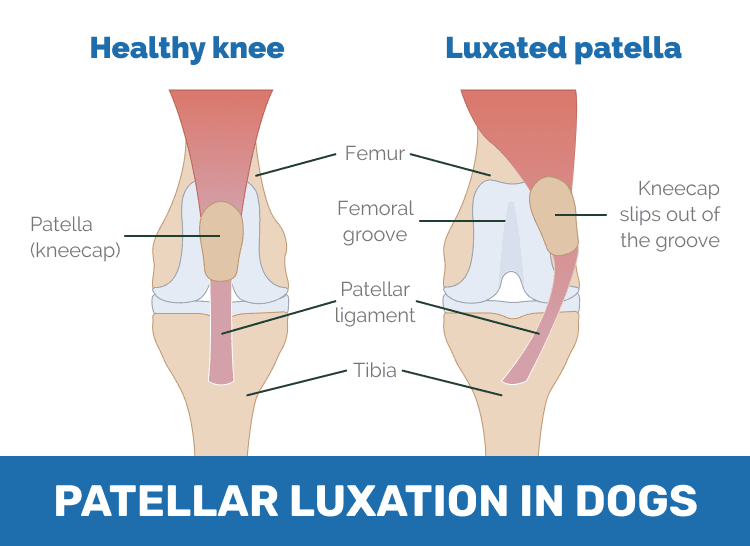
Luxating Patella 2 is another inherited condition that occurs when one or both kneecaps luxate or pop in and out of place. It may also be referred to as a dislocated knee cap. In about 75% of these cases, it occurs inwards, which is more common in smaller dogs such as the Maltese. While the condition may not cause obvious signs at the beginning, it will eventually lead to further knee injuries and arthritis.
Signs
You may notice your Maltese developing a sudden and brief limp or running on three legs. They will also sometimes hold their back leg off the ground briefly before walking again.
- Bowlegged hind legs
- Hunched lower back
- A limp that comes and goes
- Cracking sounds when the knee is bent
Treatment
Your orthopedic vet surgeon will assess your dog and advice on the best treatment plan. Surgery may be recommended depending on the severity. Other treatments include physical therapy, anti-inflammatory medication, exercise restriction, and weight loss.
3. Liver Shunts
Image Credit: Hepper.com
The portal system is a network of veins that drains blood away from the digestive system while carrying hormones, nutrients, and waste material. Before it travels to the rest of the body, it enters the liver to be detoxified while the liver takes what it needs to function.
Liver shunts 3 are abnormal veins that bypass the liver and prevent normal filtration. Dogs can suffer from two types of liver shunts. A shunt present at birth is known as a congenital shunt, which is responsible for about 80% of cases; the other is an acquired shunt that develops later in life.
Signs
Your Maltese will usually be under 3 years old when it starts experiencing signs.
- Stunted growth
- Disorientation
- Increased thirst and urination
- Poor appetite
- Weight loss
- Vomiting
- Diarrhea
- Seizures
Behavioral changes include vacant staring, poor vision, circling, mental dullness, instability, and head pressing.
Treatment
Surgery can be very helpful, especially for congenital liver shunts. Medication and a change in diet will be necessary to improve your dog’s condition before surgery. In cases where surgery can’t be done or can’t correct the problem entirely, medication will also be recommended.
4. Dental Disease
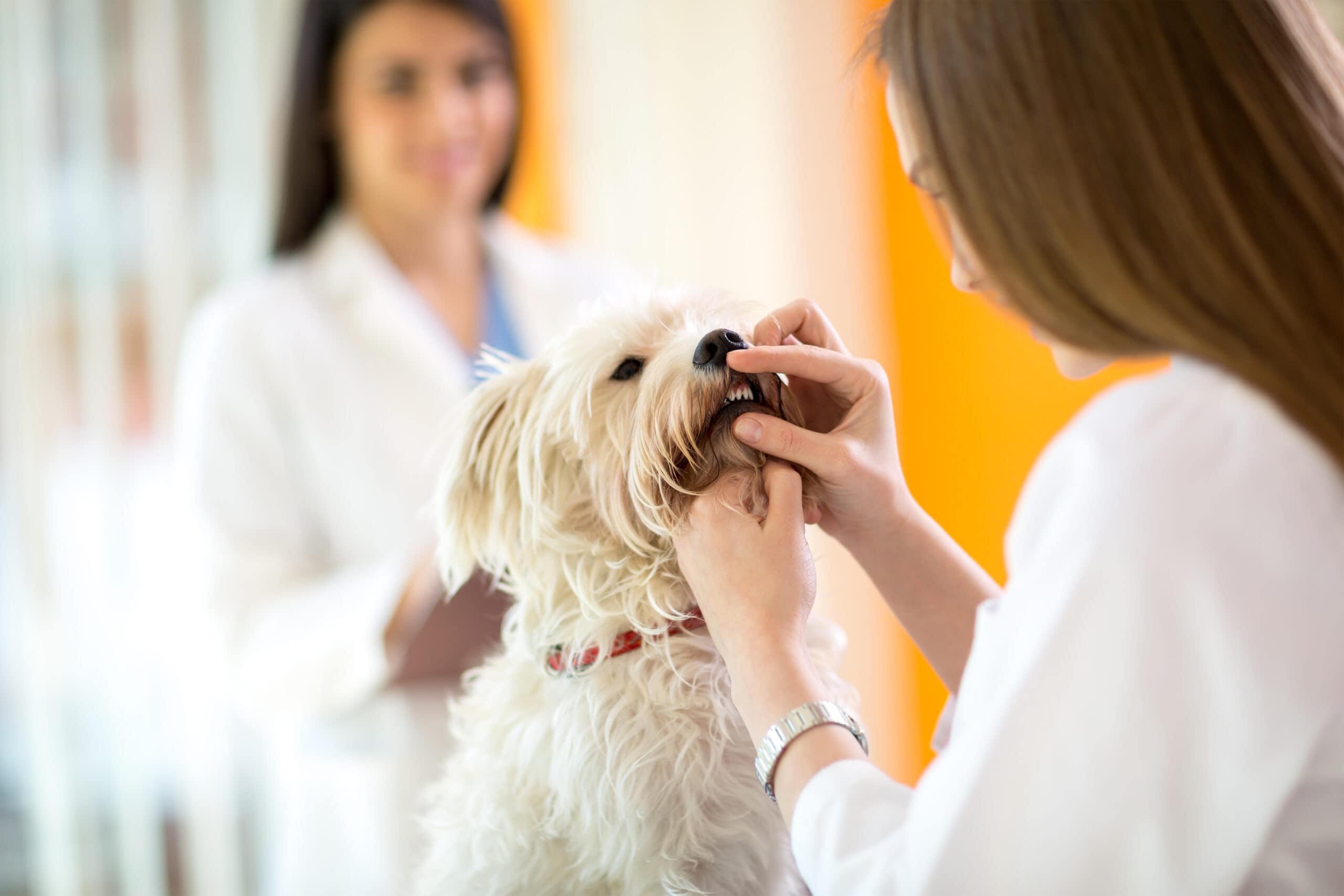
Periodontal 4 or gum disease is the most common dental disease in dogs. Around 90% of dogs 5 will develop some level of gum disease by 2 years old. Periodontal disease is caused by bacteria that eventually damage the gum and bone. This same bacteria can travel through the bloodstream resulting in kidney, liver, joint, and heart disease.
Furthermore, smaller breeds, such as the Maltese, can lose their teeth at an early age, so it is essential to care for your dogs’ teeth and gums throughout their life.
Signs
The signs of periodontal disease in your dog can vary and range from mild to severe. The signs can be both physical and behavioral and may include:
- Red and swollen gums
- Bleeding gums when brushing or chewing
- Painful gums and intolerance to brushing
- Chewing differently
- Flinching when trying to assess their gums
- Bad breath
- Receding gums
- Loose or missing teeth
- Tooth root exposure
- Pus oozing from around the teeth
- Withdrawn and sometimes aggressive
- No interest in chew toys
Treatment
Prevention is better than the cure, and home care is crucial. Professional and routine cleanings are also advised to prevent gum disease. Early stages of gum disease can be reversible and can be treated by your veterinarian. If the gum disease is more severe, your vet may perform advanced restorative procedures; the worst case is extraction.
5. Aberrant Cilia
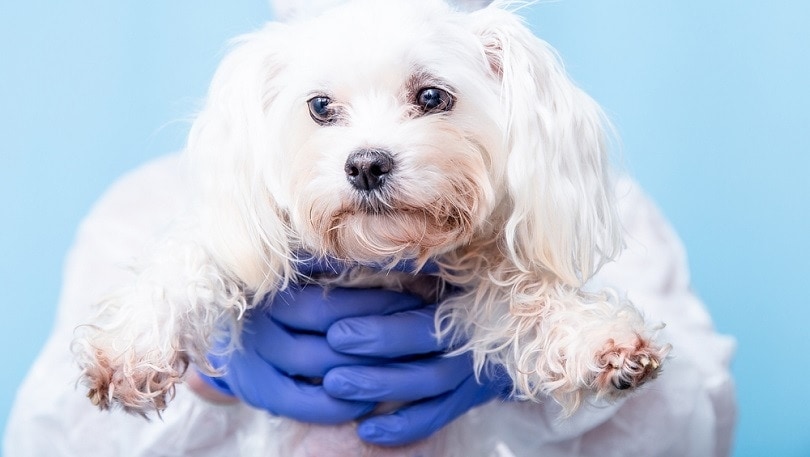
Aberrant Cilia 6 is a condition in which the eyelashes grow abnormally. It can happen in both or just one eye and ranges from mild to severe. The abnormal eyelashes will touch the eye and rub against the cornea, leading to intense discomfort, pain, and sometimes corneal ulcers.
Signs
The signs associated with this condition are the same as those associated with corneal ulcers and pain in the eye.
- Redness in the eye
- Swelling
- Excessive tearing
- Discharge
- Trouble closing the eye
- Squinting
- Pawing at the eye
Treatment
If the eyelashes cause severe pain or damage, surgical removal of the hairs will be needed.
6. White Dog Shaker Syndrome

White shaker syndrome 7 is a condition that was named due to its occurrence exclusively in breeds with solid white coats, such as the Maltese. Maltese with white shaker syndrome suffer from inflammation of the cerebellum, causing a malfunction of the sensory systems, the spinal cord, and other parts of the brain affecting motor movements.
Signs
White dog shaker syndrome generally develops at a young age. It can typically be seen in Maltese at around one to two years of age. Generally, the body will shake and tremble for a varied duration of time. It can often include other signs such as:
- Repetitive and rhythmic tremors
- Full body shaking or head bobbing
- Mild to severe shaking that can affect the Maltese’s ability to walk
- Head tilting
- Uncontrolled eye movements
Situational changes may occur as well, such as tremors getting worse with traveling, stress, exercise, and excitement, and may improve when the Maltese is resting.
Treatment
Treatment will depend on the severity of the tremors and the dog’s general condition. Your vet will run some tests to aid diagnosis, and hospitalization may be necessary if there is an underlying condition or infection, or if your dog becomes ill from the tremors. The use of corticosteroids is usually the primary treatment. However, your primary vet or neurologist will guide you through the treatment plan.
7. Colitis

Colitis occurs when a Maltese’s colon becomes inflamed, swollen, and irritated due to various reasons. Specific triggers can irritate the colon and disrupt the normal digestive process. Examples can include stress and parasites, but they can vary greatly. Maltese can develop colitis for a short period, where it clears up on its own, or it can be more severe and long-lasting.
Signs
Signs of colitis will usually be related to bowel movements.
- Diarrhea
- Nausea and vomiting
- Mucus in stools
- Flatulence
- Stomach cramps
- Red or inflamed skin around the anus
- Bloody feces
Treatment
While the underlying condition is being diagnosed, treatment will include offering relief from cramping and diarrhea, and other signs that the Maltese may be suffering with.
8. Collapsed Trachea
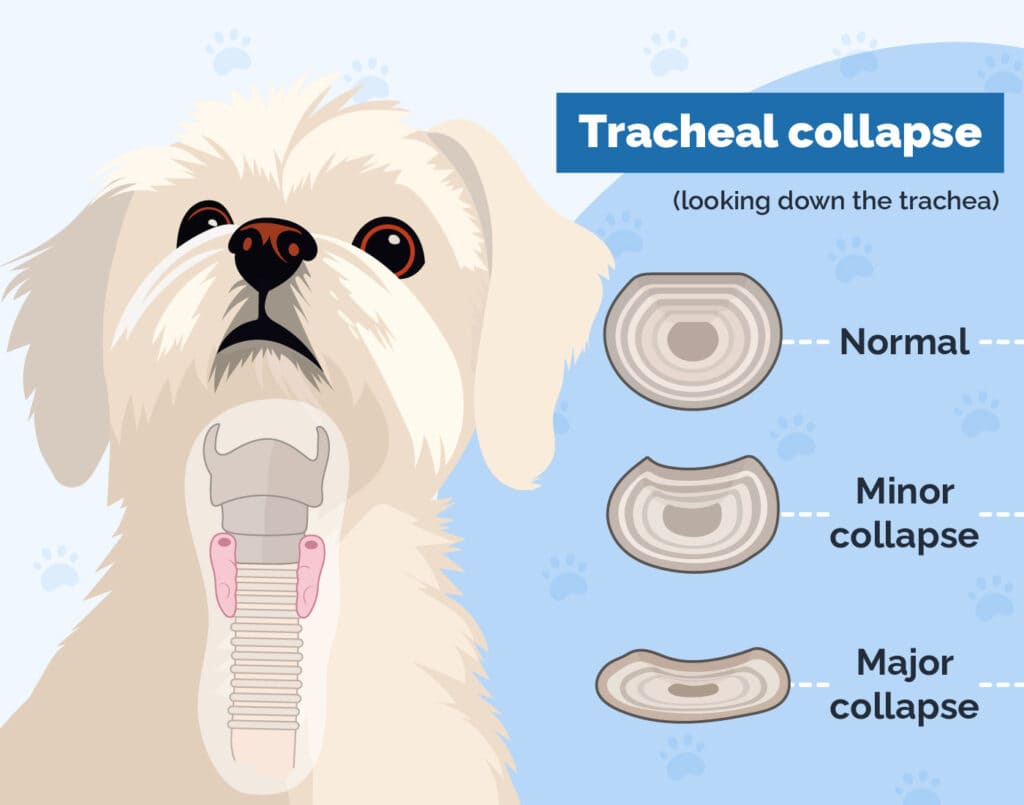
A collapsed trachea is common in Maltese and other small-breed dogs. It is typically a genetic predisposition where the cartilage rings that surround the windpipe collapse inward, causing the trachea to flatten. When the trachea collapses, breathing normally and getting enough air into the lungs can be more difficult.
Signs
When a Maltese suffers from a collapsed trachea, the obvious sign is a dry cough that sounds like honking. This coughing may worsen with exercise, heat, excitement, stress, eating, and when pressure is applied to the area.
- Wheezing
- Intolerance to exercise
- Difficulty breathing
- Retching
- Fainting
- Blue-tinged gums
Treatment
A collapsed trachea can be a distressing condition that is hard to treat. Treatment will range from medication to surgery, depending on how severe the condition is.
9. Hypothyroidism
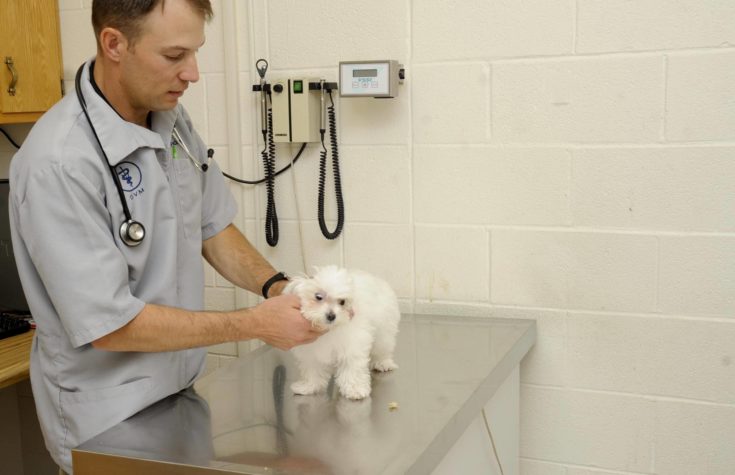
Hypothyroidism is a common endocrine condition that occurs when the body doesn’t produce enough of the thyroid hormone. The metabolism depends on the function of these hormones, and the dog’s body functions will be seriously affected when the glands are not producing adequate hormones.
Signs
Your dog could be affected in a few different ways.
- Weight gain
- Dry skin and coat
- Lethargy
- Skin and ear infections
- Aggression
- Behavioral changes
- Inability to regrow hair after it has been shaved
Treatment
It’s critical to know that hypothyroidism can be managed but cannot be cured. Levothyroxine is an oral medicine used to treat hypothyroidism. This medicine replaces the thyroid hormone in a synthetic form.
10. Chronic Valvular Heart Problems

Heart murmurs caused by heart valvular disease occur as dogs get older. The Maltese breed is not one of the most common breeds affected by this problem, but it can still happen. It is caused by turbulent blood flow to the heart and is usually graded on a scale from one to six. Heart murmurs can lead to congestive heart failure, but that is not always the case. Heart murmurs are also a progressive disease, which means they will get worse over time.
Signs
Heart disease may cause coughing, exercise intolerance, and heavy breathing. However, in mild cases, your dog may not have any outward signs, and a heart murmur may be discovered during a wellness checkup. The vet usually picks it up when listening to their heart with a stethoscope. That is why yearly wellness checkups are so important, especially as your dog ages!
- Weakness
- Fainting
- Heavy breathing
- Weight loss
- Poor growth
- Pale gums
- Exercise intolerance
Treatment
Treatment will be required depending on the degree of the heart murmur and your dog’s clinical signs. The treatment plan will involve a combination of medications and home management. Your dog may be put on a particular food, medication, and supportive care regimen to support heart health. Your dog will need to see the vet regularly to keep an eye on the condition.
11. Obesity
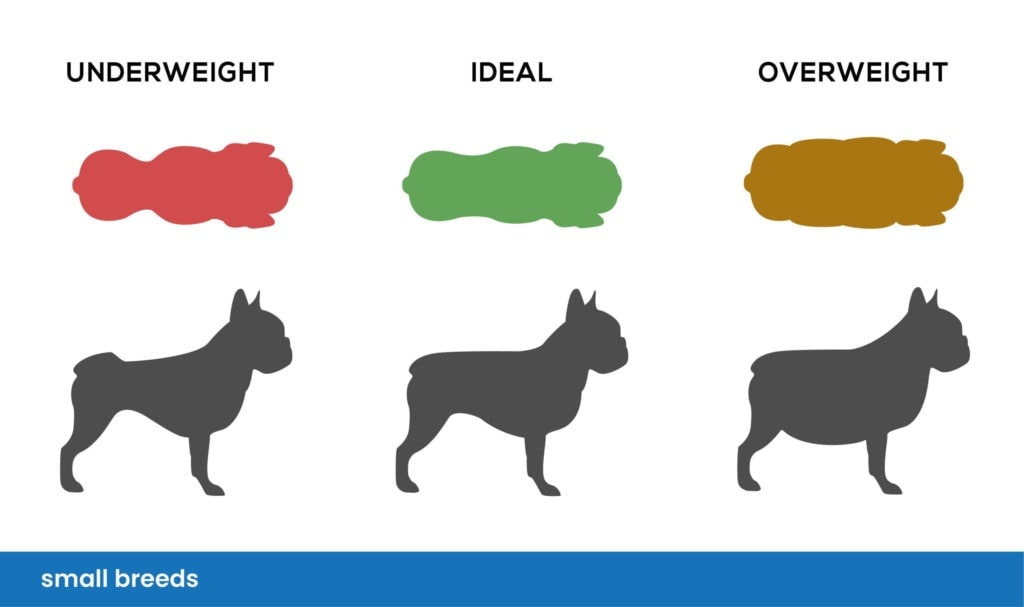
Obesity can be a big health issue in small dogs such as Maltese. Obesity occurs in an overweight dog that carries excess fat. Overweight dogs are those that weigh at least 10% over their ideal body weight, while obese dogs are those who weigh 20% over. Obesity needs to be controlled as it can lead to more serious health issues such as arthritis, heart disease, pancreatitis, kidney disease, and an overall decreased quality of life. The most common causes of obesity are overfeeding and lack of exercise.
Signs
In addition to weight gain, there are multiple other symptoms your dog may experience with obesity.
- Weight gain
- Reduced energy
- Their harness may seem tighter
- Exercise intolerance
- Inability to feel their ribs
Treatment
The primary treatment for obesity includes diet and exercise changes. You need to consult your veterinarian to determine an appropriate diet and exercise plan, but it is generally advised to not free-feed your dog but rather measure out the portions. Treats will need to be cut down or replaced with healthier options.
Conclusion
All breeds are prone to health conditions, but because they have a predisposition to a particular health issue, it doesn’t mean they are sure to get it. That is true for a Maltese as well, and as a Maltese owner, it is essential and helpful to be aware of these conditions so that you can spot the signs early on and manage your dogs’ health the best you can. It is vital to keep up with regular checkups with your veterinarian because there are some signs they can catch before we do and before it’s too late. Always ensure your Maltese receives the best care by providing it with physical and mental activity, a high-quality, well-balanced diet, and staying consistent with its health care needs.
Featured Image Credit: Brian A Jackson, Shutterstock


